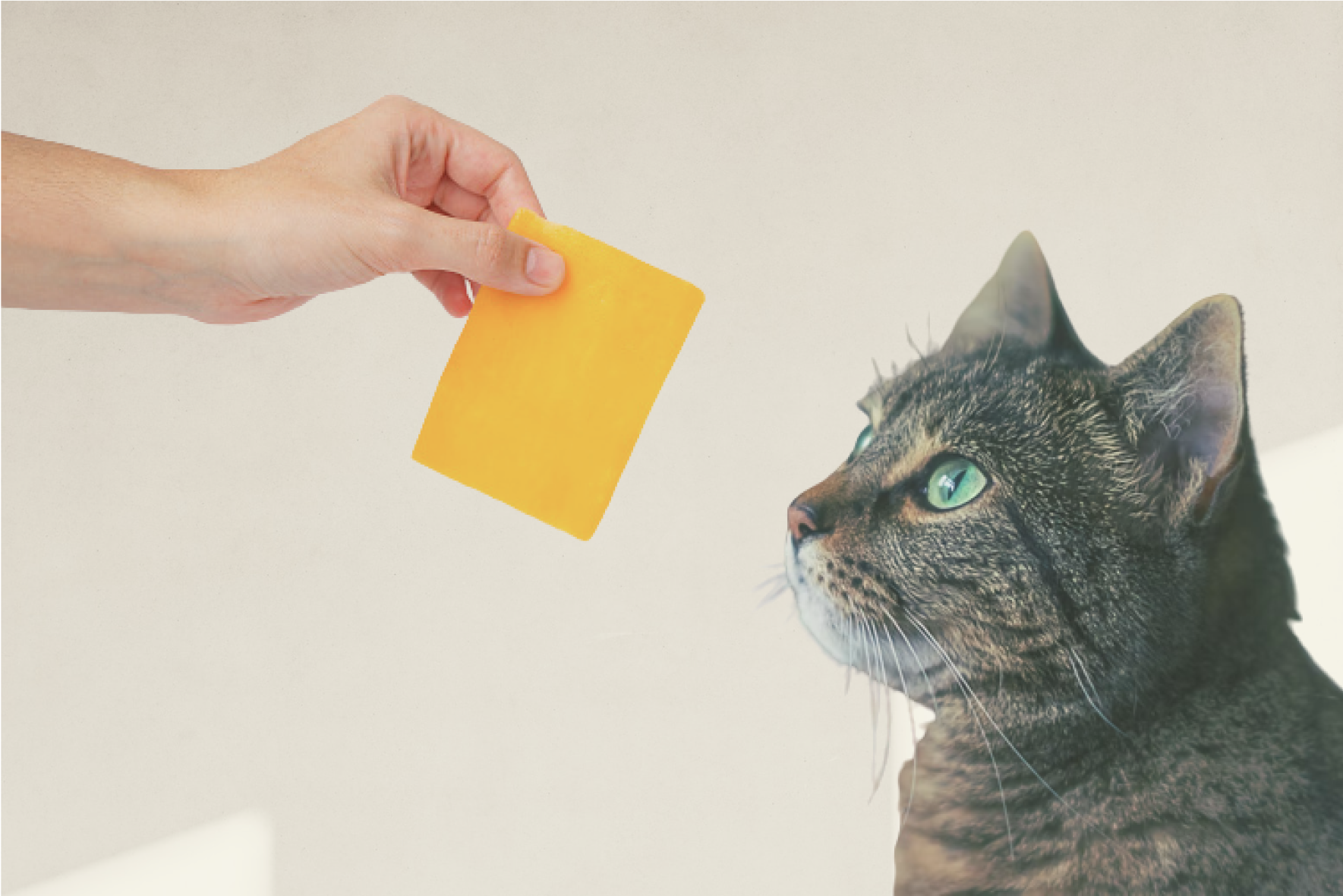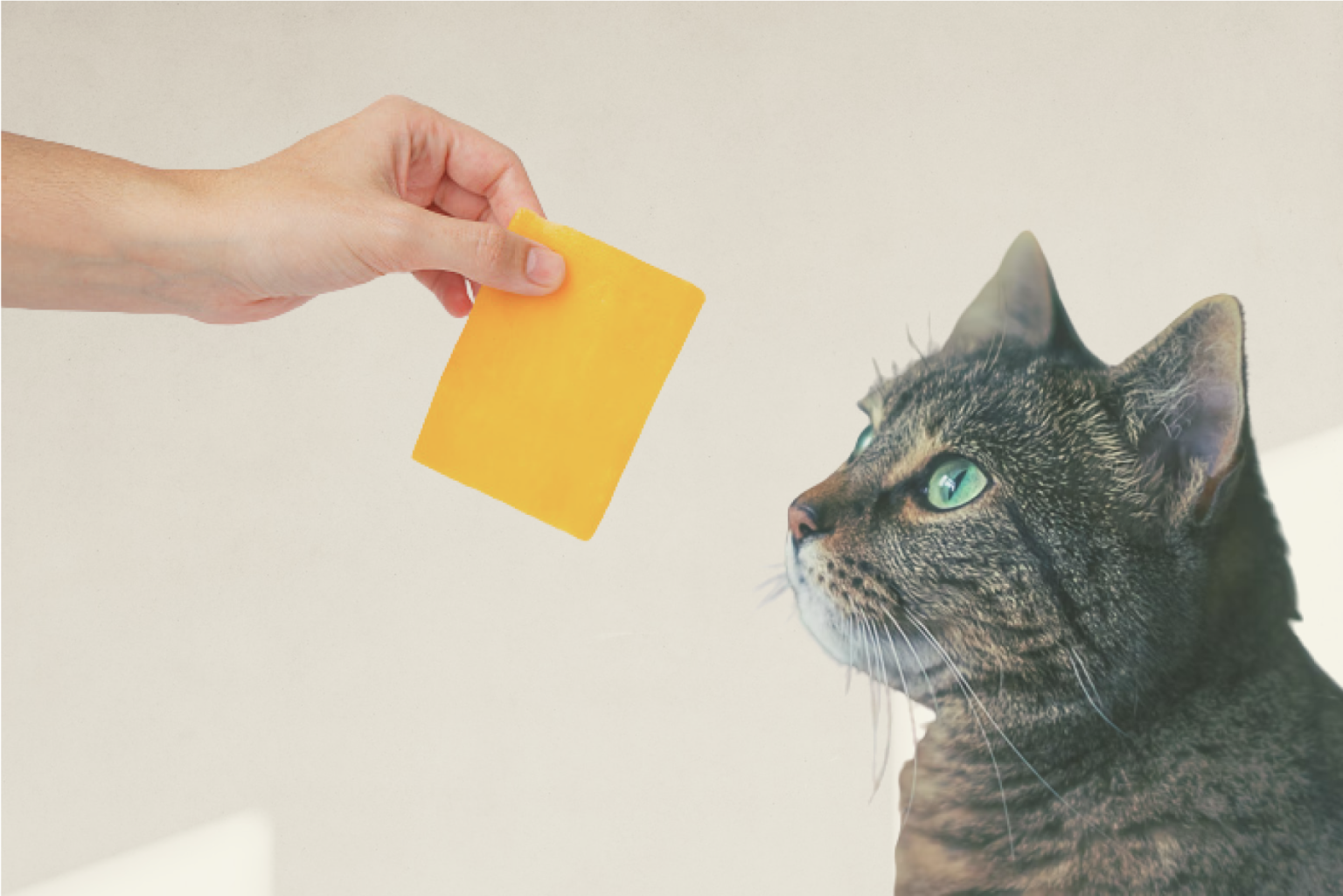If you’ve ever seen your cat curiously eyeing a block of cheese or sneakily pawing at a slice while you’re not looking, you might have wondered: can cats eat cheese safely? While many of us associate cheese with a tasty treat, our feline friends have different dietary needs and tolerances.
In this article, we will explore the relationship between cats and dairy, delving into whether it’s a safe snack or a potential digestive dilemma. Get ready to uncover the truth about those curious dairy cravings and learn how to treat your furry companion in the best way possible!
Table of Contents
- Understanding Cats and Lactose Intolerance
- The Nutritional Value of Cheese for Cats
- Safe Cheese Options for Your Feline Friend
- Signs of Dairy Sensitivity in Cats and When to Seek Help
- Q&A
- The Way Forward

Understanding Cats and Lactose Intolerance
Cats, like many mammals, can struggle with lactose intolerance as they grow older. While kittens are born with the ability to digest their mother’s milk, this capacity diminishes after weaning due to a decrease in the production of lactase, the enzyme responsible for breaking down lactose. As a result, feeding cheese or other dairy products to adult cats can lead to digestive upset, causing symptoms such as vomiting, diarrhea, and abdominal discomfort. It’s essential to recognize that not all cats will exhibit these symptoms, but the risk is significant enough to warrant caution.
Understanding the impact of lactose on feline health is crucial for any cat owner. If you want to indulge your furry friend, consider alternatives that are both safe and enjoyable. For example, many pet stores offer specially formulated dairy-free treats designed to mimic the taste of cheese without the harmful effects associated with lactose. A quick reference guide can be helpful:
| Safe Treats | Lactose-Heavy Items |
|---|---|
| Commercial dairy-free cat treats | Cow’s milk |
| Cooked chicken or fish | Cheese |
| Specialty cat dairy products | Ice cream |
By being mindful of your cat’s dietary needs and recognizing the risks associated with lactose, you can make informed decisions that prioritize their health while still indulging their curious palate. Remember, the best way to show love is through mindful choices that support their well-being!
The Nutritional Value of Cheese for Cats
Additionally, it’s crucial to monitor your cat’s reaction to cheese. Some cats may enjoy the occasional treat without any issues, while others may experience gastrointestinal distress. Here’s a quick guide to cheese nutritional value for cats:
| Type of Cheese | Protein (per 100g) | Fat (per 100g) | Lactose Content (Approx.) |
|---|---|---|---|
| Cheddar | 25g | 33g | 0.1g |
| Mozzarella | 22g | 22g | 0.2g |
| Cottage Cheese | 11g | 4g | 3g |
| Ricotta | 15g | 17g | 5g |
In moderation, cheese can serve as an enjoyable treat and a training aid for your feline friend. Just be sure to keep it occasional and observe any changes in your cat’s behavior or digestive health. Understanding your cat’s nutritional needs and preferences is key; after all, not every cat will share the same enthusiasm for dairy delights!
Safe Cheese Options for Your Feline Friend
When considering cheese as a treat for your cat, it’s essential to opt for varieties that are both safe and easy for them to digest. Since many cats are lactose intolerant, even a small amount of cheese can lead to digestive issues. However, there are a few safe options that might satisfy their curiosity without causing harm. Look for low-lactose cheeses that can be enjoyed in moderation. Here are some safe choices:
Cheddar – Offers a stronger flavor and is lower in lactose.
Swiss – A milder option that many cats enjoy.
Parmesan – A hard cheese that can be sprinkled in small amounts.
It’s crucial to monitor the portion sizes, as cheese should only be an occasional treat rather than a regular part of your cat’s diet. Aim for a few small bites rather than larger portions to prevent any potential gastrointestinal upset. Always introduce cheese gradually and watch for any signs of intolerance, such as vomiting or diarrhea. To keep track of how your cat reacts to cheese and ensure it’s a safe addition to their diet, consider maintaining a simple diary:
| Cheese Type | Digestibility | Recommended Serving |
|---|---|---|
| Cheddar | Low Lactose | 1/4 inch cube |
| Swiss | Low Lactose | 1/4 inch cube |
| Parmesan | Hard Cheese | Pinch for sprinkling |
Signs of Dairy Sensitivity in Cats and When to Seek Help
When it comes to dairy, many cat owners might wonder if their feline friends can indulge in treats like cheese without consequences. However, cats can exhibit sensitivity to dairy products, and recognizing the signs is crucial for their well-being. Common indicators of dairy sensitivity in cats may include:
Vomiting: Frequent vomiting after consuming dairy can signal that their digestive system is reacting poorly.
Diarrhea: Loose stools or diarrhea can occur as a response to lactose intolerance.
Gas or bloating: Excessive gas or a bloated stomach can suggest that their body struggles to break down dairy.
Itchy skin or rashes: Allergies to dairy may also manifest as skin irritations or discomfort.
If you notice any of these symptoms after your cat eats cheese or other dairy products, it’s essential to seek advice from a veterinarian. They can help determine if your cat has lactose intolerance or a potential allergy and suggest appropriate dietary changes. In some cases, a food trial or specific tests may be necessary to pinpoint the issue. Additionally, if your cat demonstrates ongoing digestive upset or behavioral changes after consuming dairy, don’t hesitate to reach out for professional guidance.
Q&A
Q1: Can cats safely eat cheese?
A1: In moderation, most cats can safely eat small amounts of cheese. However, it’s important to remember that cats are obligate carnivores, meaning their diet primarily consists of meat. While cheese isn’t toxic to cats, many adult cats are lactose intolerant, which means they may have difficulty digesting dairy products. Always introduce any new food gradually and watch for any signs of gastrointestinal upset.
Q2: Why do cats seem to love cheese?
A2: Cats are often attracted to the smell and taste of cheese, which can be rich and fatty. This can be appealing to them, much like it is for humans. Additionally, some cheese varieties contain proteins that can stimulate a cat’s appetite. However, this doesn’t mean cheese is a necessary part of their diet.
Q3: What signs might indicate that my cat is lactose intolerant?
A3: Signs of lactose intolerance in cats can include diarrhea, vomiting, gas, or general stomach discomfort after consuming dairy products like cheese. If your cat experiences these symptoms after eating cheese, it’s best to avoid giving it to them in the future.
Q4: What types of cheese are safest for my cat to eat?
A4: If you decide to treat your cat to cheese, opt for mild, low-lactose varieties such as mozzarella or a small amount of cottage cheese. Avoid strong cheeses, like blue cheese or aged cheeses, which can be harder for them to digest. Always ensure the cheese is plain, without added ingredients like garlic or onion, which are toxic to cats.
Q5: How much cheese can I safely give my cat?
A5: A small piece of cheese as an occasional treat is generally fine. A rule of thumb is to keep treats, including cheese, to less than 10% of your cat’s daily caloric intake. If you’re unsure, consult your veterinarian for specific recommendations tailored to your cat’s dietary needs.
Q6: Are there any alternatives to cheese that are safer for cats?
A6: Yes! If you’re looking for safe treat alternatives, consider catnip, freeze-dried meat treats, or specially formulated cat treats that cater to their taste preferences without the risks associated with dairy. These options provide a way to indulge your cat without the potential digestive issues that can come from cheese.
Q7: Should I incorporate cheese regularly into my cat’s diet?
A7: Regularly incorporating cheese into your cat’s diet is not recommended. Cats have specific nutritional needs that are best met through a balanced diet of high-quality commercial cat food. Treats should be occasional and shouldn’t compromise their overall nutrition.
Q8: What should I do if my cat eats too much cheese?
A8: If your cat eats a large amount of cheese and shows signs of distress like vomiting or diarrhea, monitor them closely. If symptoms persist or worsen, consult your veterinarian for advice. It’s always better to err on the side of caution when it comes to your furry friend’s health.
Q9: Can kittens eat cheese?
A9: It’s best to avoid giving cheese to kittens. While they may be able to digest it better than adult cats, their main source of nutrition should come from their mother’s milk or a quality kitten formula. Introducing non-essential treats like cheese too early can lead to dietary issues.
Q10: What’s the bottom line on cats and cheese?
A10: Cheese can be an enjoyable treat for some cats when given in moderation and as an occasional indulgence. However, it’s essential to be aware of your cat’s individual tolerance levels and nutritional needs. Always prioritize a well-balanced diet and consult your veterinarian with any questions or concerns about your cat’s diet.
The Way Forward
while many cats may show a keen interest in cheese, it’s essential for cat owners to approach this dairy delight with caution. Although small amounts of cheese are generally safe for most felines, it’s crucial to remember that not all cats handle dairy well due to lactose intolerance. Keeping an eye on your kitty’s reaction is key if you choose to indulge their cravings. Always prioritize a balanced diet tailored to your cat’s specific needs and consult your veterinarian when in doubt. Remember, there are plenty of delicious and nutritious treats that can satisfy your feline friend without the risks associated with dairy. So, feel free to share a little taste of cheese occasionally, but stick to the treats that are best for their health and happiness. Happy feeding!


